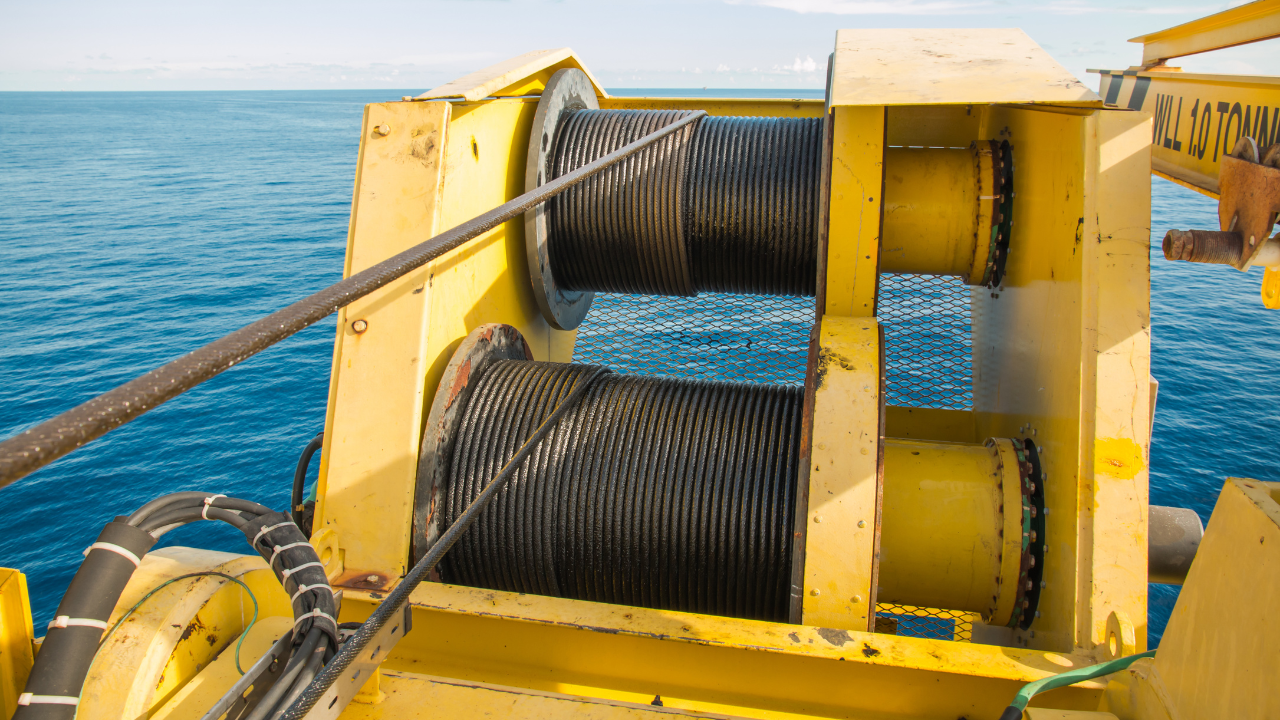
There is no denying that wire ropes are one of the most used materials in the industrial landscape. According to Statista, in 2020 itself, the production volume of steel wire ropes in Japan amounted to approximately 240.32 thousand tons. Their necessity is evident, and the wire rope sling manufacturers are increasingly deploying their solutions in marine environments or for rigging purposes. However, as wire ropes face considerable loads, they suffer massive mechanical damage.
As suggested by the leading steel wire rope manufacturers, some well-known reasons for wire rope failure are corrosion, excess deterioration, improper usage, and lack of maintenance resulting in reduced safety, increased replacement costs, and early discard. Do you want to know the professional ways steel wire rope manufacturers inspect wire ropes? Then here's a guide for you!
All wire ropes must be inspected visually on daily basis before starting the operation. This safety guideline can ensure maximum security. Although it's daunting to determine the exact service span of the ropes, close analysis on a more frequent basis can help get a more precise estimation of their predictive life cycle. Also, note that calculating the precise times when the ropes have been in use during the mooring/tidal conditions, load pressures, etc., can be the answer. A competent person shall carry out an overall, thorough periodical inspection of the wire rope.
Well, you can assess the wire rope condition by standard inspection. Look for signs of:
The rag and visual method
You can use the rag-and-visual process to check for any external damage. All you need to do is grab the rope lightly with a rag or cotton cloth. Then move the rag along the wire, and if there are any broken wires, they will stick out and snag on the rag. If the cloth catches broken wires, you can stop and assess the rope visually. Also, make sure to visually inspect the wire without any rag because some wire breaks don't stick out.
Measure the rope diameter vividly
Measure the diameter of the rope and compare the diameter with the original values. When the measurements are different, the change implies internal or external rope conditions.
Check for abrasions
When a steel wire rope passes over the drum and sheaves or any other metallic equipment component, abrasion takes place. Hence, it is important that all components must be in proper working order and of the appropriate diameter for the rope. A badly corrugated or worn-out sheave or drum will significantly damage a new rope, resulting in premature rope replacement.
In addition, try to look for corrosion, pitting, abrasions, end fitting conditions, wire breakage (if any), and lubrication inside the rope. Wire rope should be inspected to check for any abnormality like External damage, Kink, Strand looseness, Core protrusion, or Bird-caging.
It is always recommended to maintain the inspection records to assess the rope condition in the next inspection schedule.
Word of caution
While sometimes the damage can be easily identified on the surface, in other cases, the fracture might occur inside the wires. Therefore, ensure that the ropes are maintained, manufactured, and inspected by competent professionals. Searching for the best wire rope sling manufacturers and inspecting company that focuses stringently on quality checks? Usha Martin can be your one-stop solution!